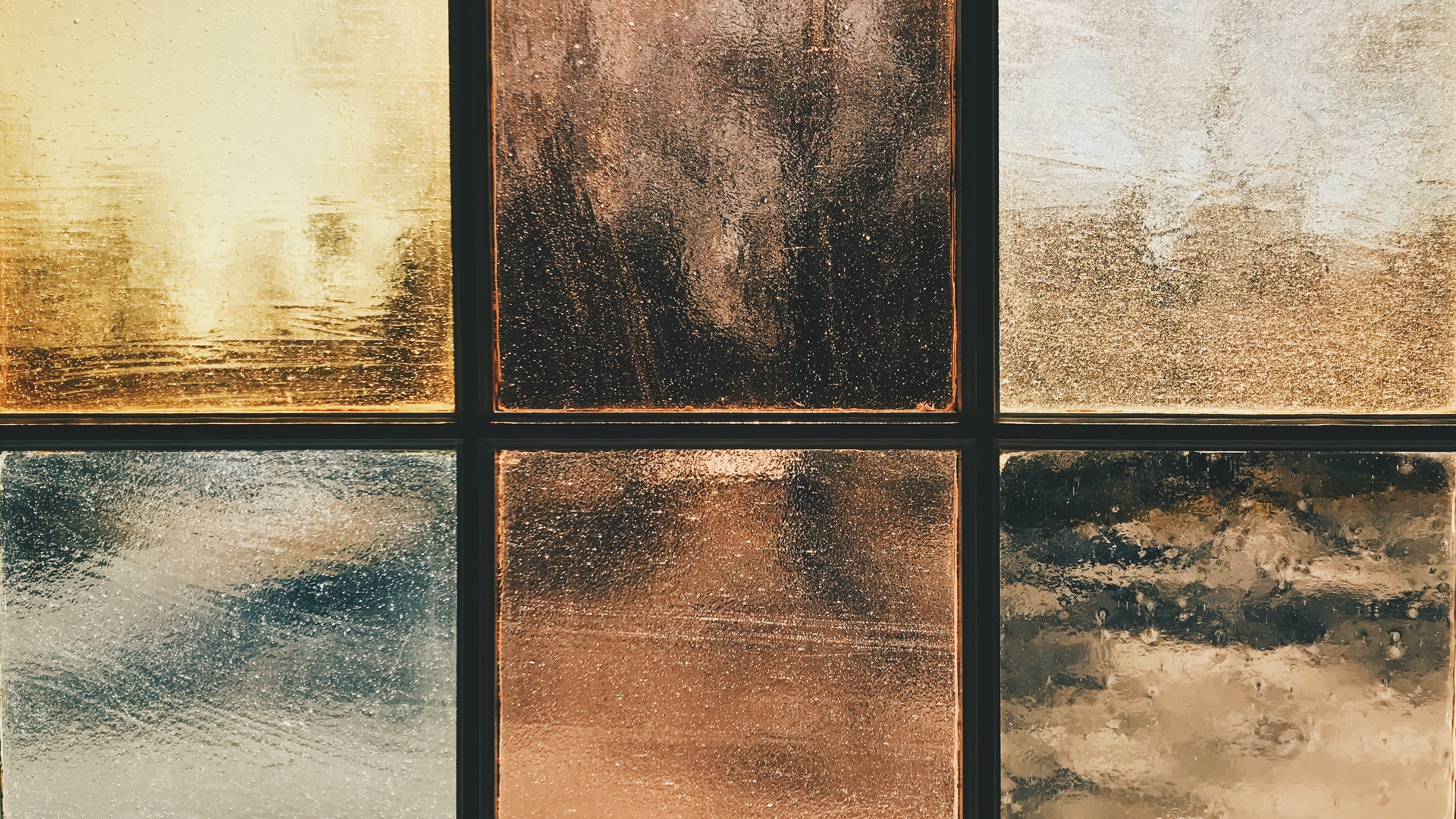- Project Silica proposes storing data on quartz glass plates.
- These plates are stored in libraries until required and data is read using computer vision and Azure AI.
- The technology still needs a lot of development, but if successful it could offer significant improvements on existing storage tech.
There is no shortage of bizarre ideas coming from the halls of Microsoft. One of our favourites to date was Project Natick where the firm toyed with the idea of sinking a data centre and running it from the depths of the ocean. That idea was found to be viable and it’s one of the reasons we’re keen to see more about Microsoft’s latest play – storing data on quartz glass.
In partnership with the Microsoft Azure team, Microsoft Research has put forward the idea of storing data on quartz glass. The project, dubbed Project Silica, isn’t as simple as writing data on a glass pane.
As described by Microsoft Research, data is stored on the quartz glass in a four phase process. First the data is written to the medium using an ultrafast femtosecond laser. That data is read through a computer-controlled microscope where it is decoded. When the data isn’t in us it’s stored in a library.
This data is accessed by robots which retrieve the required plate of glass when needed. The library itself isn’t electrified, but the robots are and remain dormant, charging until they are needed.
On a single plate, Microsoft was able to store “several TB” of data, and that data could last for 10 000 years on that glass plate.
The data on the glass plates is encrypted and then decrypted using Azure AI. This allows for more data to be stored while also making reading and writing data faster.
However, there is a downside. Right now the writing of data is rather expensive but if those costs can come down, the storage and maintenance of the solution is minimal. According to Microsoft Research, more development is needed but it appears as if storing data on quartz glass may be a viable solution.
For many entities that need to store data over a long period of time, magentic tape is still the go-to solution. Whether quartz glass would be an alternative remains to be seen, especially given how much data magentic tape can store by comparison.
“Magnetic technology has a finite lifetime,” explains Ant Rowstron, Distinguished Engineer, Project Silica. “You must keep copying it over to new generations of media. A hard disk drive might last five years. A tape, well, if you’re brave, it might last ten years. But once that lifetime is up, you’ve got to copy it over. And that, frankly, is both difficult and tremendously unsustainable if you think of all that energy and resource we’re using.”
While this solution could be used in a business sense, Microsoft also makes mention of individuals using it as well which sounds complex, but this tech is still in the development phase so let’s see what the future holds.
With that having been said, the idea of a glass storage drive gives more anxiety than the mechanical drives we’ve been using since we were knee-high to a grasshopper.
Still, we can’t deny that writing data on glass, is pretty damn cool.
[Image – Daniel McCullough on Unsplash]

